Designers from the Middle East and North Africa make their debut at NYFW
Moroccan fashion designer Khaoula Ouilal runs her fingers along the hand-sewn sequins and ornate braided piping, called sfifa, that embellish a blush-colored gown. Her design glints in the afternoon light pouring into Studio 450, an airy loft space Chelsea. Ouilal, 27, is about an hour away from unveiling the collection she created in a Marrakesh studio on a New York runway.
Ouilal is one of ten designers who presented her fall collection at MAARKAH, a Fashion Week showcase on September 11 featuring designers of Middle Eastern and African descent. Far from the mainstage and the hoopla of celebrity-driven runways, the show drew a quiet crowd. MAARKAH, meaning brand in Arabic, was produced by the fashion promotion agency Runway Prestige and Rabab Abdalla, who wanted to see greater representation of Middle Eastern and African designers in mainstream American fashion.
“We’re putting a spotlight on them so that they become the brand, the maarkah,” says Abdalla.
Inclusion has long been an issue during Fashion Week, from the narrow standards of beauty and body shapes on display on runways to the lack of diversity among designers. In recent years, efforts have been made toward greater diversity.
“I like the initiative,” says designer Houda El Fechka. “I think it’s time to get this kind of fashion in New York Fashion Week.”
El Fechka, who was born in Holland to Moroccan parents, wears aviator sunglasses and pristine cream-colored sneakers. A bold rhinestone brooch pins the fabric of her hijab over one shoulder. She previously presented a couture collection at New York Fashion Week, but this is the first time she will show looks that incorporate elements of traditional Moroccan design.
Inspired by a recent trip to Andalusia, her fall line reflects the Arabic influences in Spanish culture. Many of her designs juxtapose unexpected fabrics, shapes and silhouettes — lace on caftans, for instance — to create a look she describes as sensual, elegant and more theatrical than her previous collections.
“I always believe that fashion is a language we all speak, whether Muslim, non-Muslim, Christian, Jewish,” says El Fechka.
The language of fashion inspired Michal Hidas, an Israeli designer who studied and worked in Milan, to co-create the “Bridging” collection. After volunteering with Israeli children recovering from trauma after the 2014 conflict between Israel and Gaza, she wanted to learn more about how children in Gaza were coping with trauma. Hidas began Googling the same phrases in Hebrew, English and Italian, and realized that vastly different images appeared depending on which language she typed into the search engine.
“You see something completely different, and you don’t know what is the reality,” say Hidas. “You only know what’s happening by speaking to people.”
Hidas then began reaching out to artists and designers throughout the Muslim world on social media, and developed an online friendship with a Palestinian artist and architect. Though the two have never met in person — he cannot leave Gaza, and she cannot enter — they collaborate online. The Palestinian artist created a series of freehand drawings, which are printed in bold colors and patterns on dresses that Hidas designed. The result is a collection called Bridging.
As Moroccan-American designer Issam Balalioui prepares to launch his fall collection on the runway, he wears tinted sunglasses a mesh trucker hat pulled down low. Once the show begins, he’ll swap it out for a tarbouche, the deep red brimless cap topped with a silk tassel traditionally worn by Muslim men in Morocco.
“There’s a lot of color in my show,” he says.
Balalioui, who earned his degree in business administration and worked in sales in the U.S. before returning to Morocco and pursuing fashion, takes pride in mixing aesthetics and accessories from different cultures. For Balalioui, East and West, and modern and traditional, are not mutually exclusive categories.
El Fechka too designs without borders, and with a person’s character in mind, not their country of origin.
“I design for the strong woman that knows what she wants, and is confident, and ready to conquer the world.”


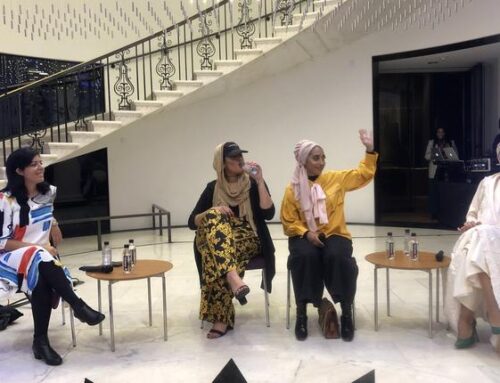
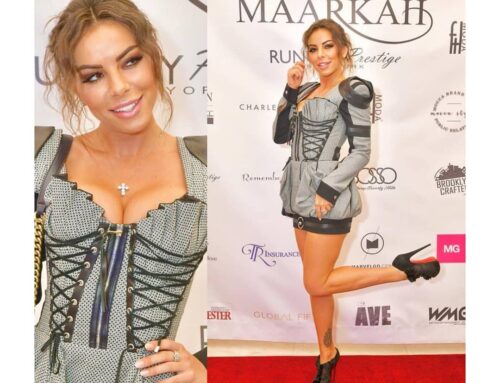
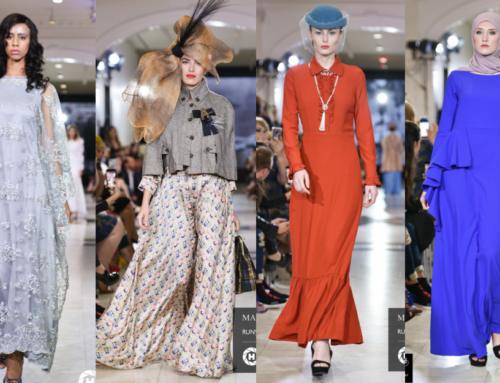
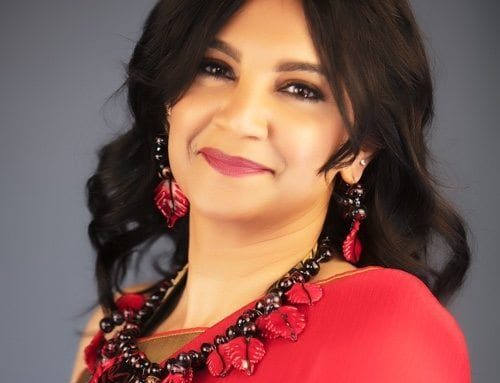
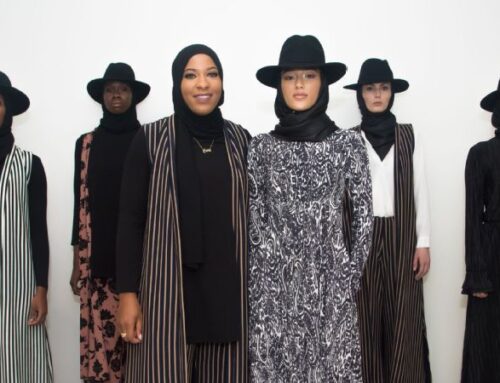
Leave A Comment